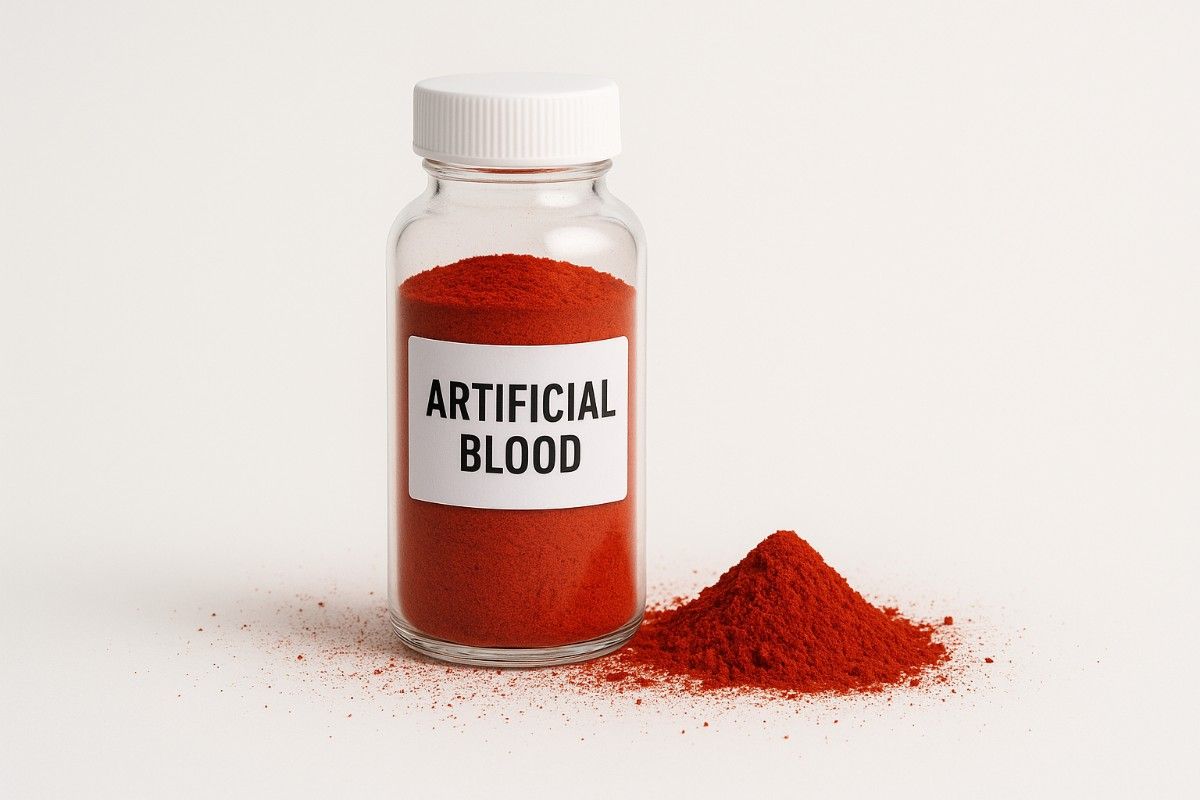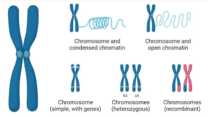
Artificial Blood: The Next Revolution in Emergency Medicine
What Is Artificial Blood?
Artificial blood—known in medical circles as a blood substitute, hemoglobin-based oxygen carrier (HBOC), or lab-grown red blood cells—is a new class of products designed to mimic the function of natural blood. The idea is simple but revolutionary: create a safe, universally compatible, and long-lasting alternative to donated human blood for transfusions.
When and How Was Artificial Blood Discovered?
The dream of artificial blood has been around since the early 20th century, but serious breakthroughs only began in the last few decades. Here’s how the story has unfolded:
- Early Attempts (20th Century):
Scientists tried using simple hemoglobin solutions and chemicals like perfluorocarbons to carry oxygen, but these had major side effects and weren’t practical for real patients. - Modern Breakthroughs (2000s–2020s):
Advances in stem cell technology and biotechnology allowed scientists to grow human red blood cells in the lab. By the 2010s, researchers in the UK, US, and Japan started producing lab-grown blood in small amounts. - Major Milestone (2022–2025):
In 2022, a team from the UK launched the RESTORE clinical trial—the world’s first test of lab-grown red blood cells in humans.
Meanwhile, US scientists developed synthetic substitutes like ErythroMer (a powdered, nanoparticle-based artificial blood), funded by the military and the US government for emergency use. - Present Day (2025):
Artificial blood has now entered human clinical trials in both Europe and the US, with early results showing safety and promise for the future. These breakthroughs are making headlines and are seen as a real answer to global blood shortages.
How Does It Work?
Recent breakthroughs include:
- Lab-Grown Red Blood Cells: Scientists have managed to grow red blood cells from stem cells in the lab. UK’s RESTORE clinical trial is testing these in humans, comparing their performance against standard donor blood.
- Synthetic Blood Substitutes: New products like ErythroMer (a nanoparticle-based powder) and polymerized human hemoglobin (PolyhHb) are being developed to transport oxygen efficiently and remain shelf-stable for years.
- Universal Compatibility: Many artificial blood products aim to work for any blood type, eliminating the need for blood group matching in emergencies.

Who Stands to Benefit?
Artificial blood could be a game-changer for:
- Trauma and accident victims: Rapid transfusion without blood typing can save lives in ambulances, battlefields, and disaster zones.
- Patients with rare blood types: No more waiting for matching donors.
- Remote or resource-limited areas: Shelf-stable blood substitute solves logistical and storage problems.
- Surgery patients and chronic transfusion needs: Reliable, consistent supply reduces reliance on donor pools.
- Military and emergency responders: Portable, durable blood for critical care anywhere, anytime.
- Periods of blood shortage: During pandemics or disasters, artificial blood can fill the gap.
Why Is This Important?
Global blood shortages are a major medical challenge. Blood donations are perishable and can carry infection risks. Artificial blood substitutes promise:
- Long shelf-life, no refrigeration needed
- No risk of blood-borne diseases
- Universal compatibility
- Reliable supply in crises
Current Progress & The Future
- The first human clinical trials are underway, with early results showing promise.
- Safety and effectiveness are still being studied, but governments and agencies like DARPA are investing heavily.
- Experts predict artificial blood could move from lab to hospitals within the next decade if trials succeed.
Comparison: Natural Blood vs. Artificial Blood
| Property | Natural Blood | Artificial Blood |
|---|---|---|
| Main Components | Red & white blood cells, platelets, plasma | Synthetic oxygen carriers (no cells) |
| Function | Transports oxygen, nutrients, hormones, waste | Transports oxygen only |
| Shelf Life | 35–42 days (refrigerated) | Up to years (room temperature) |
| Storage Needs | Requires refrigeration | No refrigeration needed |
| Blood Type Compatibility | Must be matched (A, B, AB, O, Rh) | Typically universal |
| Infection Risk | Possible (screened, but not zero) | Very low |
| Availability | Dependent on donations, possible shortages | Can be manufactured on demand |
| Clotting Ability | Yes (has platelets) | No (lacks platelets) |
| Immune Support | Yes (has white blood cells) | No (no immunity function) |
| Cost & Scalability | Costly to collect and store | Potentially cheaper, scalable |
| Use Cases | All medical needs | Emergencies, trauma, shortages |
Final Thoughts
Artificial blood technology could transform trauma care, surgery, rural health, and even space medicine. With clinical trials underway and major funding backing, the age of blood substitutes is closer than ever.














Leave a Reply